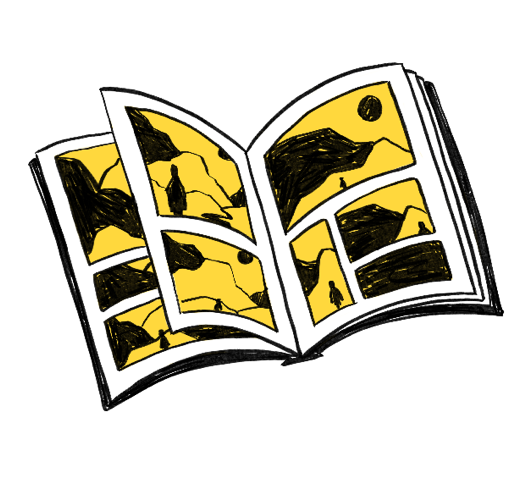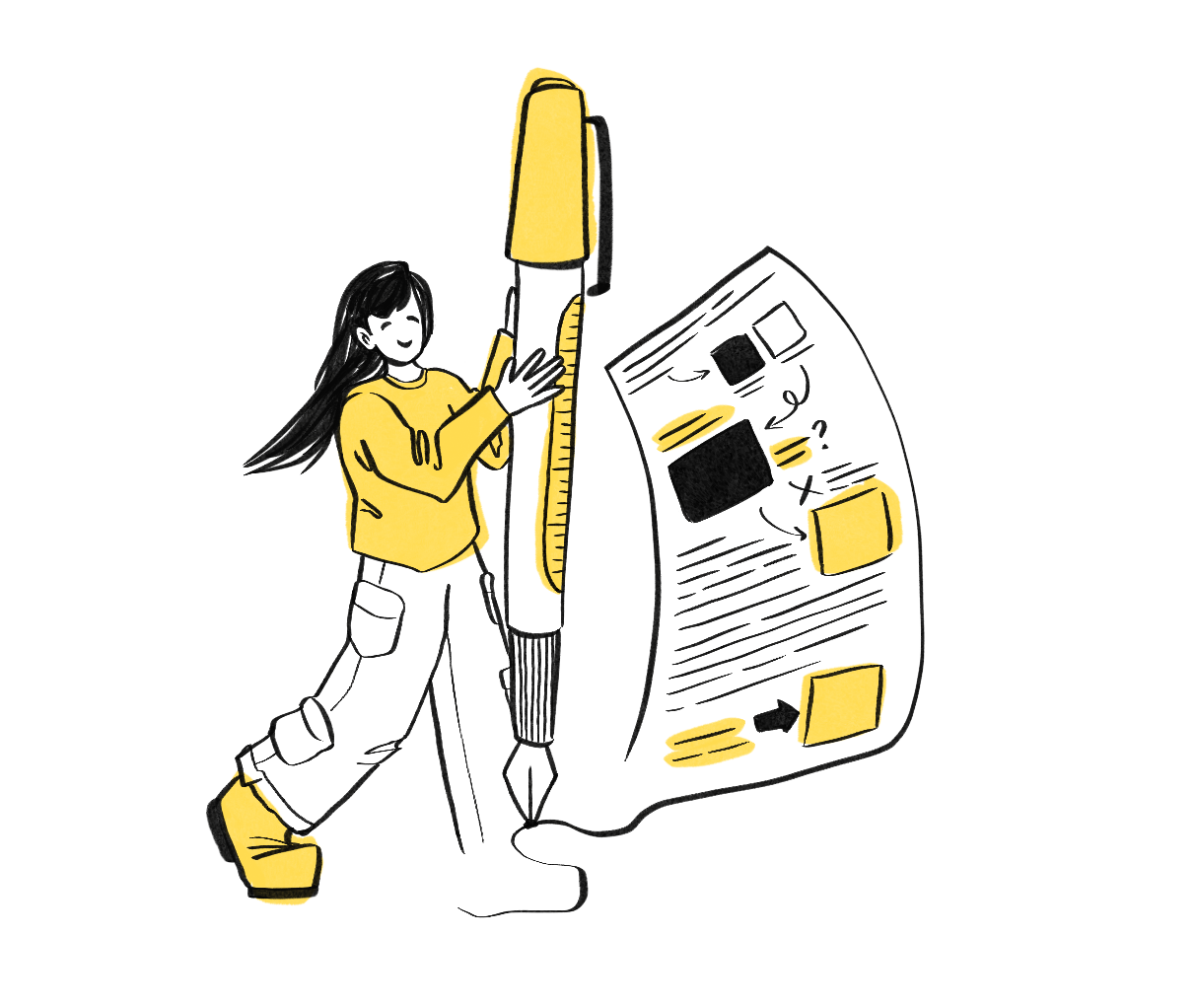


Narrative illustration covers more than just illustrated books like graphic novels or comics, it includes editorial illustrations, sketches and anything that hints at a story. In this blog and in my research, I will focus primarily on illustrated books as this is a personal interest of mine and I'd like to develop my understanding of them.
Illustrating books is rarely a 1-man job, often writers have to commission an illustrator (or, more traditionally, a team of illustrators, all with specific specialised roles) to visually represent their story. That may be making small illustrations for books or full-page comic style illustrations for graphic novels. A vital step when making an illustrated book is producing sketches and drafts that can bounce between the author and artist to create a final design they're both happy with. This can be a long process, depending on how much information the artist has been given to work with and how detailed the brief is, and possibly even longer if the artist is working as both the illustrator and writer.
The illustrator’s role is to express the characters, scenes and narrative in a creative and clear way that is enjoyable but obvious for the reader to understand and should complement the text given (if any). Frank Miller sums this up nicely by saying "The beauty of a comic is that it’s clear, direct communication." . What makes a graphic novel truly successful and rememberable are the characters - "Characters play an essential role in telling a story or conveying a message" (Nadia Stefyn
– www.cgspectrum.com, 2022) and thus a lot of
emphasis and time is put towards character design.

Sometimes writers will write and illustrate their own books – such is the way for two artists I've looked at, Freddy Carrasco (Gleem, 2019) and Molly Mendoza (Skip, 2019). This is prefferable method for some as while it "can be a major challenge" it "affords the greatest creative freedom" (Devin Larson - www.makingcomics.com, 2014). This is the more common method these days – the idea of having teams of artists where each person has an individual role such as inker, letterer etc, is more prominent in large companies like Marvel or DC back in the 70s or 80s.